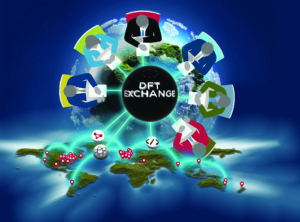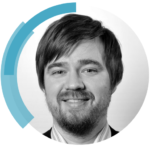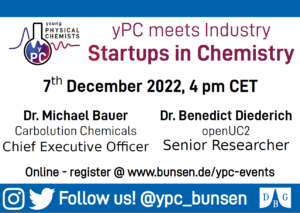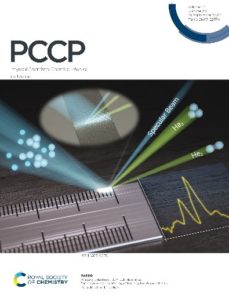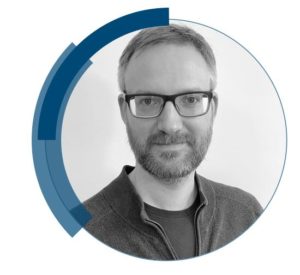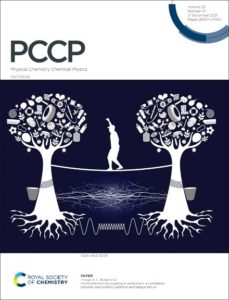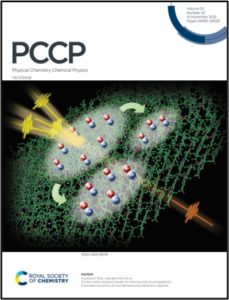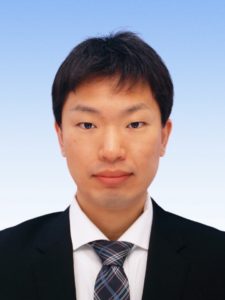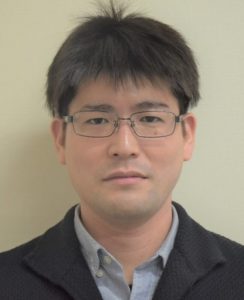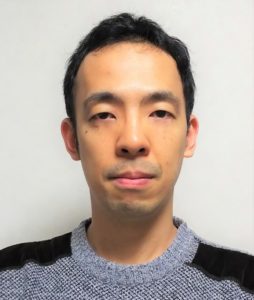
We are delighted to announce that the Physical Chemistry Chemical Physics (PCCP) themed collection New Trends and Challenges in Surface Phenomena, Carbon Nanostructures and Helium Droplets – Festschrift for Giorgio Benedek is now online and free to access until March 2023.
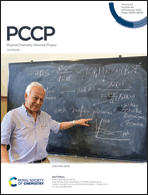 Professor Benedek is a very well-known surface physicist, Emeritus Professor at the University of Milano-Bicocca and is still actively publishing today. He has contributed and is still contributing significantly to the study of surface phenomena, in particular to elementary surface vibrational excitations, atom-surface scattering, clusters grown on metal surfaces, chemical reactions at surfaces, electron-phonon interaction in topological insulators and semimetals, non-adiabatic effects, carbon nanostructures, graphene, helium droplets and quantum liquids, superfluidity, collective electronic excitations, covering experimental and theoretical aspects of all of these research lines. Giorgio has impressively remained at the forefront of many of these fields, and we are delighted to recognise his contributions with this Festschrift issue intended to cover the all low-dimensional systems and surface phenomena.
Professor Benedek is a very well-known surface physicist, Emeritus Professor at the University of Milano-Bicocca and is still actively publishing today. He has contributed and is still contributing significantly to the study of surface phenomena, in particular to elementary surface vibrational excitations, atom-surface scattering, clusters grown on metal surfaces, chemical reactions at surfaces, electron-phonon interaction in topological insulators and semimetals, non-adiabatic effects, carbon nanostructures, graphene, helium droplets and quantum liquids, superfluidity, collective electronic excitations, covering experimental and theoretical aspects of all of these research lines. Giorgio has impressively remained at the forefront of many of these fields, and we are delighted to recognise his contributions with this Festschrift issue intended to cover the all low-dimensional systems and surface phenomena.
Guest Edited by Professor Marco Bernasconi, Professor Ricardo Díez-Muiño, Professor Pedro M. Echenique, Professor Joseph R. Manson, Professor Salvador Miret-Artés and Professor J. Peter Toennies, this collection reviews the very recent achievements in understanding of all low-dimensional systems and surface phenomena.
Read the full issue online
It includes:
Editorial
New trends and challenges in surface phenomena, carbon nanostructures and helium droplets – Festschrift for Giorgio Benedek
Marco Bernasconi, Ricardo Díez Muiño, Pedro Miguel Echenique, Joseph R. Manson, Salvador Miret-Artés and J. Peter Toennies
Phys. Chem. Chem. Phys., 2022, 24, 28103-28104. DOI: 10.1039/D2CP90196J
Profile
Giorgio Benedek: an extraordinary scientist and cultured gentleman
Marco Bernasconi, Ricardo Díez Muiño, Pedro Miguel Echenique, Joseph R. Manson, Salvador Miret-Artés and J. Peter Toennies
Phys. Chem. Chem. Phys., 2022, 24, 28105-28108. DOI: 10.1039/D2CP90197H
Perspective
Atom–surface scattering in the classical multiphonon regime
J. R. Manson and S. Miret-Artés
Phys. Chem. Chem. Phys., 2022, 24, 16942-16972. DOI: 10.1039/D2CP01144A
Communication
Variation of bending rigidity with material density: bilayer silica with nanoscale holes
Martin Tømterud, Sabrina D. Eder, Christin Büchner, Markus Heyde, Hans-Joachim Freund, Joseph R. Manson and Bodil Holst
Phys. Chem. Chem. Phys., 2022, 24, 17941-17945. DOI: 10.1039/D2CP01960D
Paper
Measuring surface phonons using molecular spin-echo
Helen Chadwick and Gil Alexandrowicz
Phys. Chem. Chem. Phys., 2022, 24, 14198-14208. DOI: 10.1039/D2CP01372J
Paper
Water on porous, nitrogen-containing layered carbon materials: the performance of computational model chemistries
Christopher Penschke, Robert Edler von Zander, Alkit Beqiraj, Anna Zehle, Nicolas Jahn, Rainer Neumann and Peter Saalfrank
Phys. Chem. Chem. Phys., 2022, 24, 14709-14726. DOI: 10.1039/D2CP00657J
Paper
Enhanced elastic scattering of He2 and He3 from solids by multiple-edge diffraction
Lee Yeong Kim, Sanghwan Park, Chang Young Lee, Wieland Schöllkopf and Bum Suk Zhao
Phys. Chem. Chem. Phys., 2022, 24, 21593-21600. DOI: 10.1039/D2CP02641D
Paper
Probing the presence and absence of metal-fullerene electron transfer reactions in helium nanodroplets by deflection measurements
John W. Niman, Benjamin S. Kamerin, Thomas H. Villers, Thomas M. Linker, Aiichiro Nakano and Vitaly V. Kresin
Phys. Chem. Chem. Phys., 2022, 24, 10378-10383. DOI: 10.1039/D2CP00751G
We hope you enjoy reading the articles. Please get in touch if you have any questions about this themed collection or PCCP.
Comments Off on New Trends and Challenges in Surface Phenomena, Carbon Nanostructures and Helium Droplets – Festschrift for Giorgio Benedek is now online and free to access until March 2023


